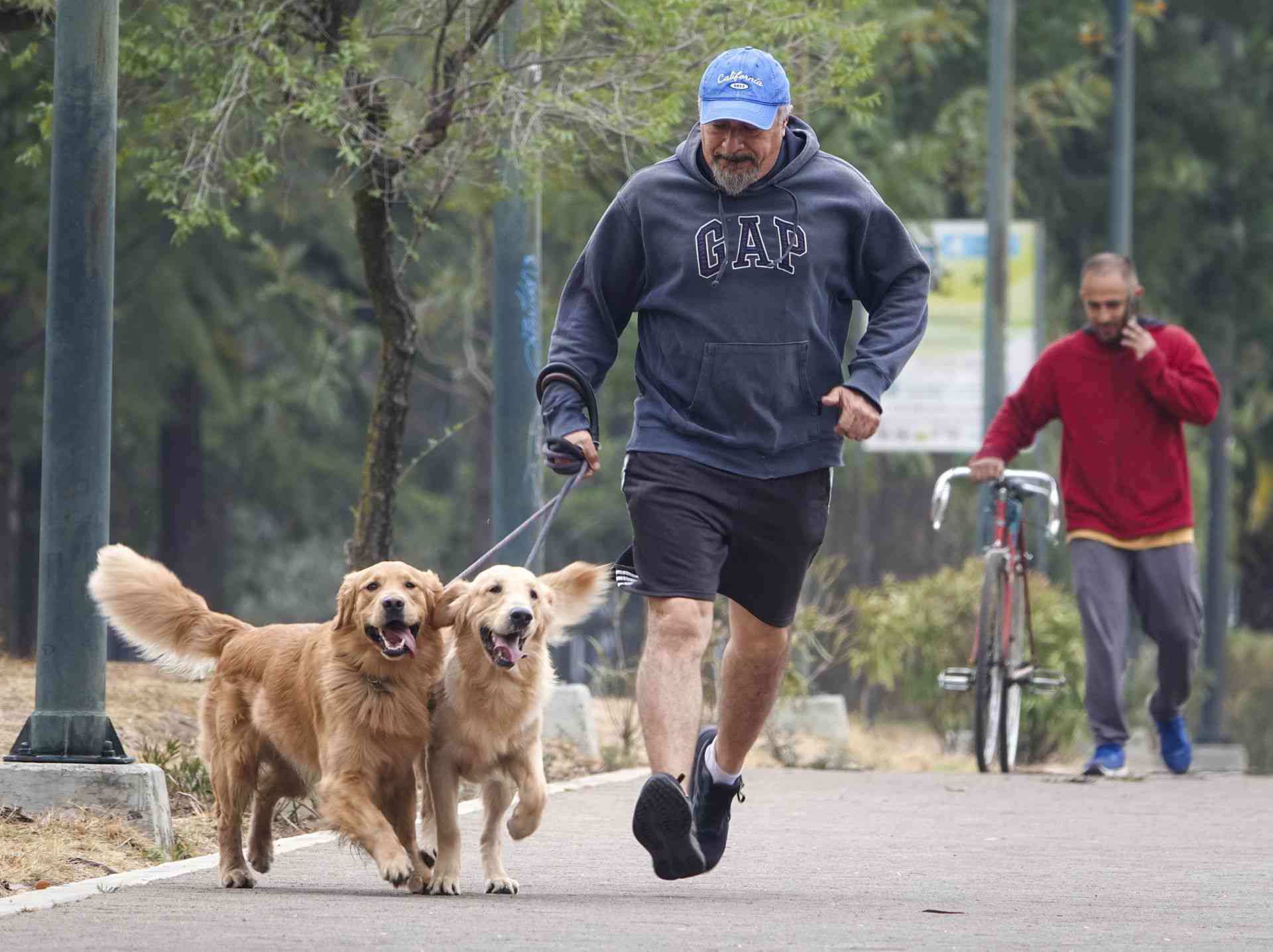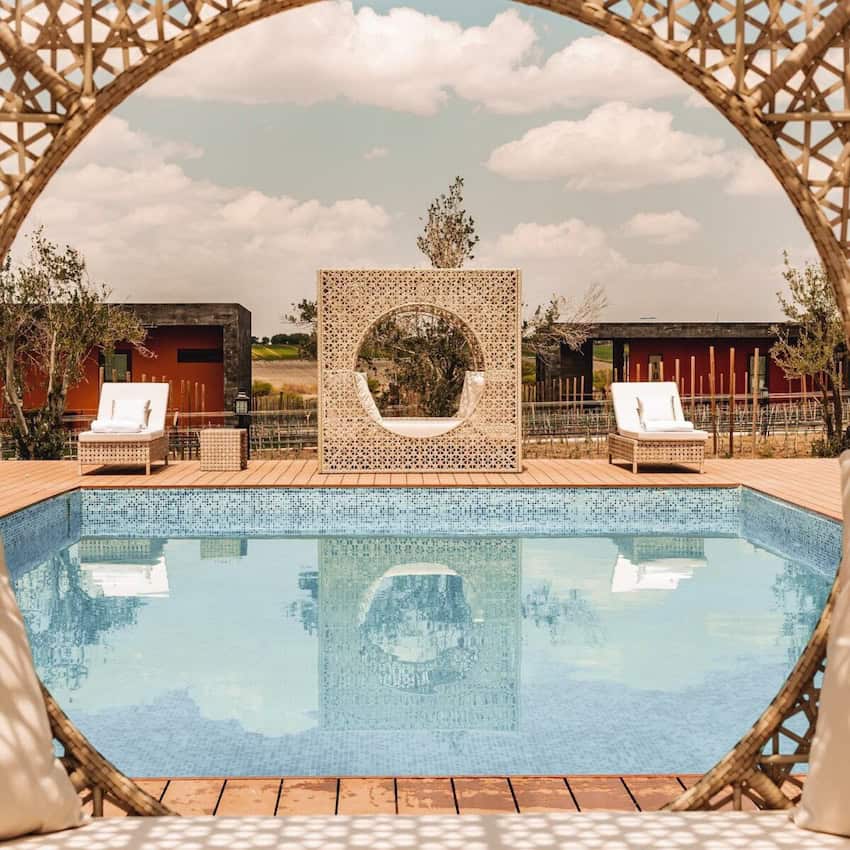Yesterday, I caught up with a friend from home. “I finally got a personal trainer!” she said excitedly. It was something she’d been meaning to do, and it had also meant a fairly large expense. Many, including me, would argue that one’s health — especially if it’s preventative and improves one’s quality of life — is usually worth the expense.
If you want to get in your exercise in Mexico, there are plenty of choices to be had. That said, those choices may be different from what you’re used to! Like most things in Mexico, the more open your mind, the more enjoyable the experience.

Free options for exercise
Let’s start with the “free” things like walking, running and hiking. Your opportunities here will really depend on where you happen to live. In Xalapa, for example, there are three man-made lakes in the middle of the city, all with paths around them. There’s even some exercise equipment right by two of them — this same exercise equipment can be found in quite a few public parks, actually.
Are the paths even? No. Does the exercise equipment come with instructions? Also no. But hey, dodging tree roots and trying to figure out where exactly your butt goes are half the fun, right? At least in my city, to avail oneself of the free exercise options is to truly embark on an adventure.
If you’re a runner who likes to “go the distance,” then you’re likely to have more luck in touristy (and well-off) cities that have spaces specifically for that. The city of Veracruz, for example, has a long malecón where you can often spot people riding bikes, on rollerblades, or jogging. It’s nothing I’d personally do in 90-degree weather under a blazing sun, but hey, to each his own!
There are also — if you know where to find them — free Zumba classes. Zumba was all the rage around 10 years ago, but classes have been harder to come by since. You can still sometimes find free public park groups. If you’re not shy about showing off your sweet moves in public, it’s not a bad choice!
Finally, if you’re a hiker, well … try to live somewhere with opportunities for it. Most places have local Facebook hiking groups and the like, so that’s always a great place to start.
Not quite free activities
Now let’s move to activities that’re “not quite free, but not super expensive” either. This will vary depending on what the cost of living is like where you live. Where I live, it’s quite low, which really just means it’s adjusted to the median wage.

The good thing is that when it comes to opportunities to work out with an expert, the sky is pretty much the limit: yoga, salsa, Danzón, boxing, taekwondo, rock climbing and rollerblading! Right now in my city, “baile africano” is all the rage. I went to a class with a friend a couple of times — it was fun!
The quality of the classes will vary, as will the formality. Sometimes, it just depends on the teacher, the number of interested people, and the spaces available. I’ve had some great classes (baile africano!) and some pretty bad classes (not to be a snob, but I spent 15 straight years as a ballerina; if I can’t learn your hip-hop routine, it’s because your teaching technique sucks).
Again — adventure! Sometimes it’s just about trying things out.
Low-cost gym options
In this category as well, I’d put “low-cost gym options.” These are the types of places that don’t have air conditioning and where you can often spot buckets of water sitting about on rainy days, collecting the drops from the leaky roof.
In my own gym, the floor is a little uneven and the machinery’s a bit worn. But it’s 300 pesos a month and a block from my house, so it’s a winner in my book!
Besides, even low-cost gyms have trainers ready and willing to help you — they simply come with the gym. If you want a really specific day-to-day plan with hyper-explicit goals, you’d need to pay a bit extra. If you just want someone to show you how the machines work and what to do each day to gradually increase your strength, well, that’s what they’re there for! Honestly, I’ve been a member of many of these types of gyms, and the trainers have never been anything but kind and knowledgeable. Many of these gyms also host classes, if aerobics is more your thing, though it’s possible you’ll compete for space during the class, one of my least favorite things to do.

Premium gym options
Last but not least, the “premium” options if you’re willing to spend a bit more money. Again, this can depend quite a bit on where you live. Querétaro, for example, will have a lot more fancy options than a little town in Chiapas will.
If you like to swim, the money you pay to do so will likely be a bit high. There’s a pool around the corner from my house, but so far, I just haven’t been able to make myself feel okay about paying US $60 a month for a mere single visit a week, and only at specific times that I don’t get to choose. Other sports that require a large space, like golf, can also be quite pricey and might necessitate a country club membership. Once, I inquired at a fancy-looking pilates studio, and its prices made my eyes water.
Racquetball, my dad’s favorite sport, is nowhere to be found, but Squash is at some of the fancier, more expensive gyms — the kinds with air conditioning and toilet paper always in the bathroom (if you want to find a newish YMCA-quality gym, expect to pay top dollar!) But “Padel” is, as is the newly-arrived Pickleball, which I hear is all the rage in the US. Where I live, space and equipment rental runs from around 150 to 200 pesos an hour, making it a very reasonable once-a-week family fun activity. I put it under “premium,” however, because the courts themselves are “gate-kept” in more expensive areas that you need a car to access.
Have I missed things? Certainly, and feel free to tell me about them. In the meantime, be heartened — there are plenty of fun ways to stay in shape here!
Sarah DeVries is a writer and translator based in Xalapa, Veracruz. She can be reached through her website, sarahedevries.substack.com.




